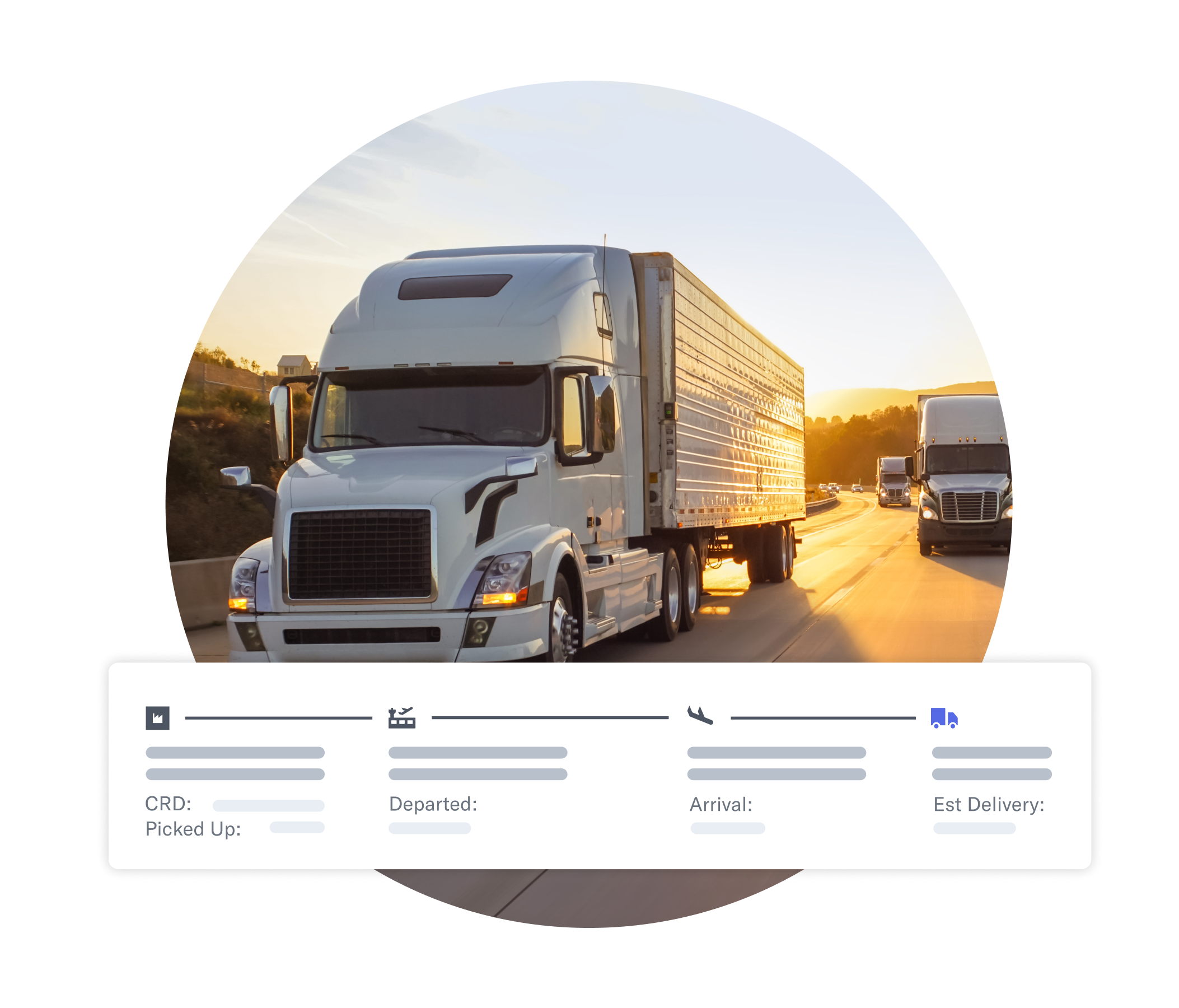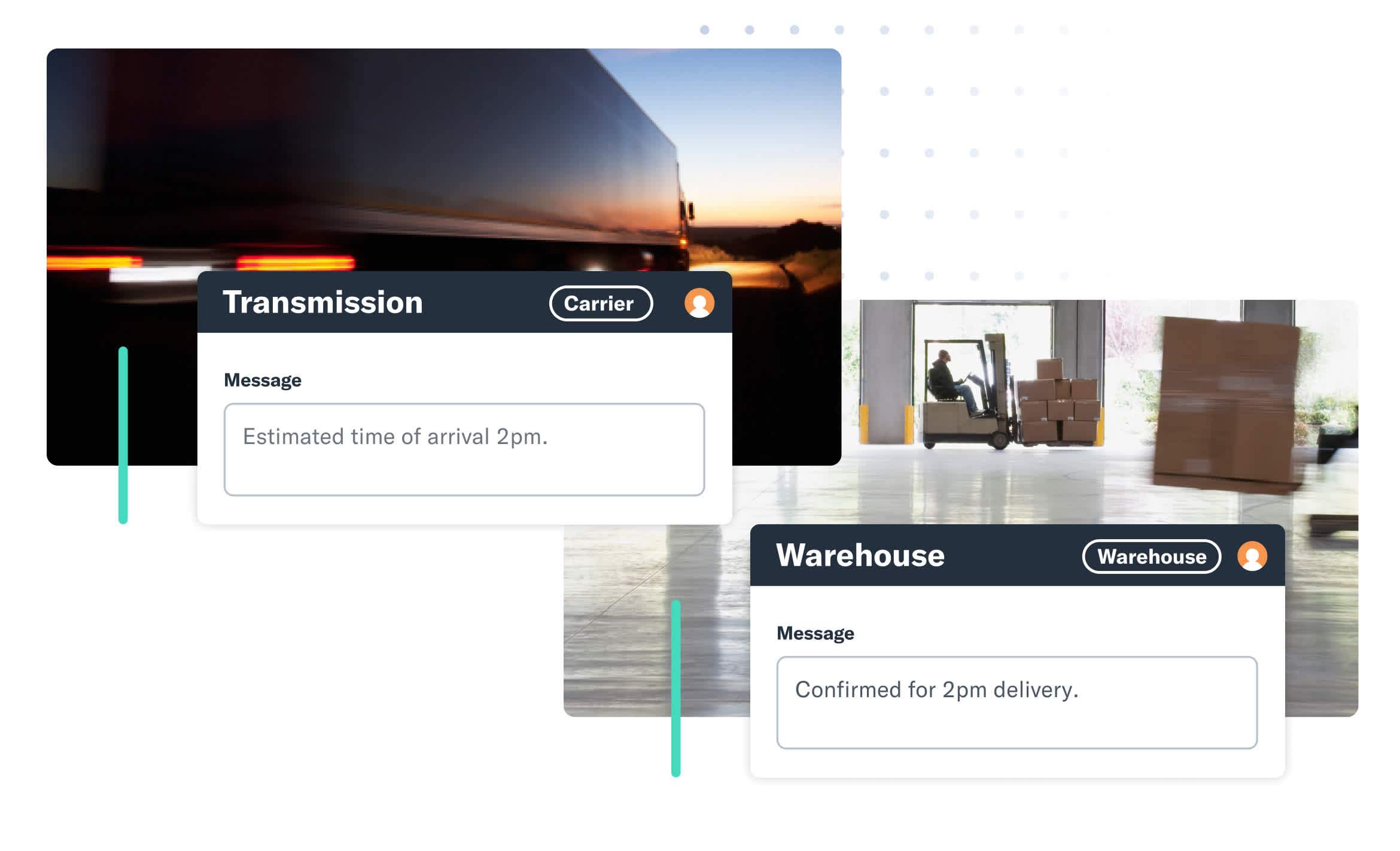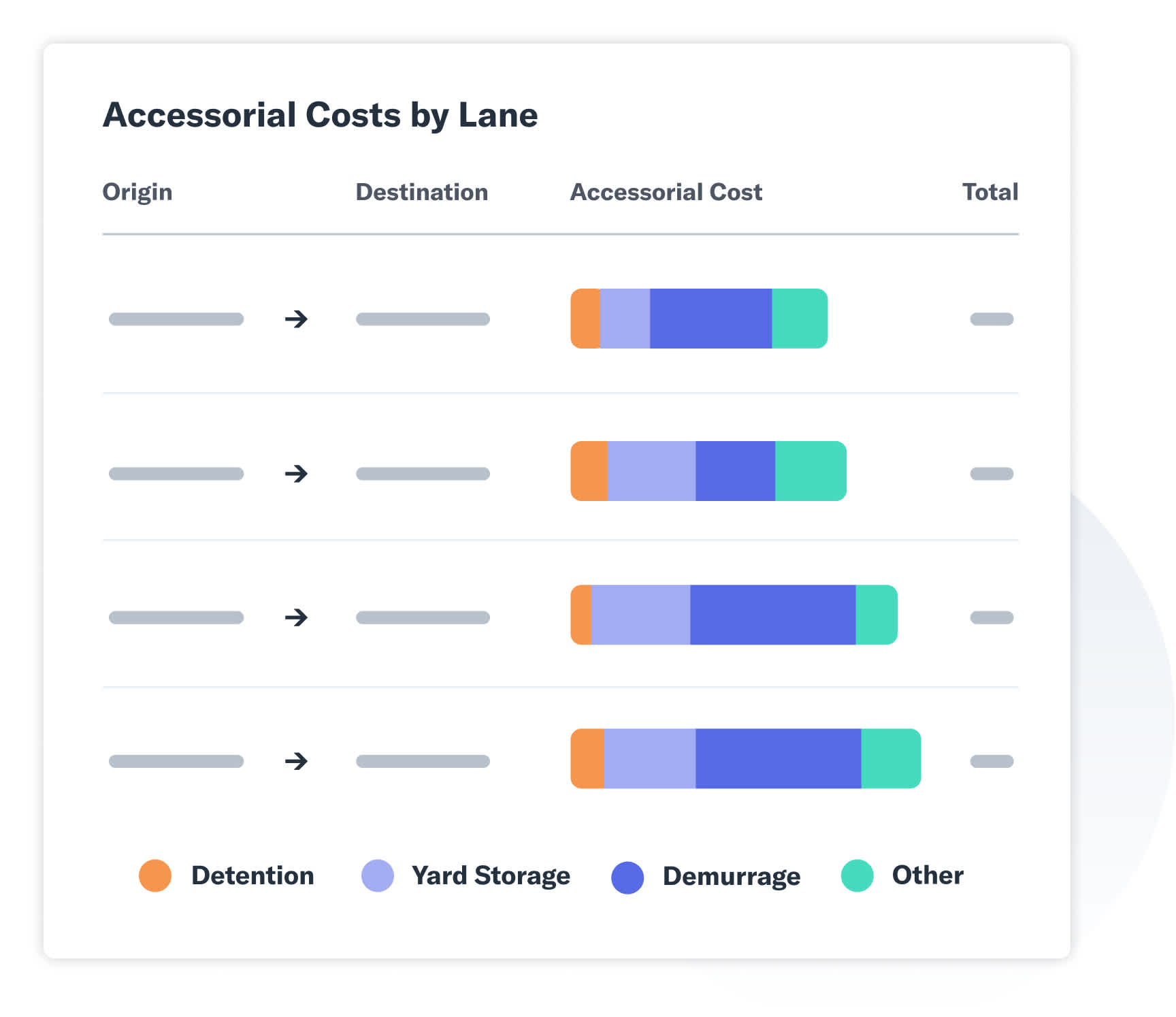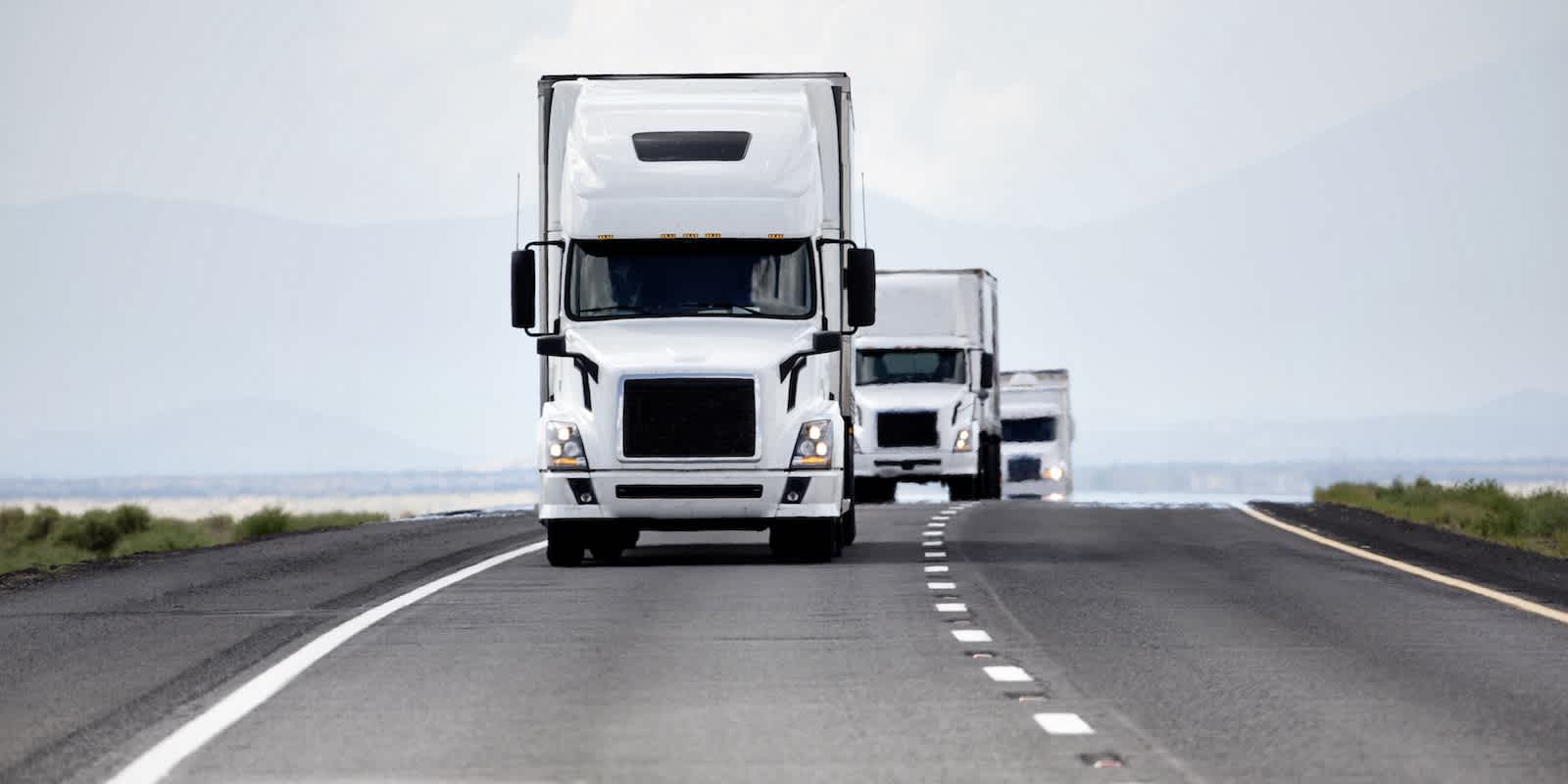TRUCKING
Shift Your Trucking into High Gear
Flexport Freight leverages the Convoy Platform and our vetted carrier partners to cover your FTL, LTL, drayage, and cartage needs.

Near Real Time Visibility
Truckers and warehousing can plan and prepare together using custom-built applications from Flexport. They’ll handle the haul. You keep your supply chain in sight across every leg of the journey.
Exceptional On-Time Performance
Visibility tools make it easier to stay on schedule. Limit the likelihood of unexpected costs, like accessorial charges or detention and demurrage, with real-time container tracking, load updates, and reports.
Competitive Rates
Big rigs can move goods across continents regularly or as an option during congestion. Optimize routes and transit times with transloading, FTL, and intermodal services. Your Flexport team can help plan any scenario.
Join Thousands Of Leading Brands On Flexport

FLEXPORT PLATFORM
You’re in the Driver’s Seat
The Flexport Platform makes it easy to manage trucking with the rest of your supply chain. Track transit times, get milestone updates validated by onboard diagnostics, and set parameters for carrier and warehouse partners to collaborate.

TMS INTEGRATIONS
Seamless Integration With Your Existing Workflow
Flexport supports custom EDI integrations and offers unique, real-time pricing API integrations with leading TMS providers like Oracle, Blue Yonder, MercuryGate, e2open, Kuebix, and others.
Book, track, and manage all of your Flexport shipments with instant access, market-based quotes for backup, and spot loads.
Utilize visibility integrations with FourKites, Project 44, Macropoint, and 10-4, and automate invoicing and other administrative workflows.

INSIGHTS
See Accessorial Costs in Real Time
Turn “What the truck is this?” into an understanding of cost by lane, mode, and time period. See charges as they’re recorded by truckers in the Transmission app, so you can calculate landed costs right the first time.

FULL TRUCKLOAD
Truckloads of Options
Flexport FTL services can be a shortcut around congestion or your usual mode across continents. If you’re crossing into other countries, Flexport customs brokers help clear goods before they hit the border.

FlexU
Watch our FlexU course to learn the basics of the varying trucking modes
They don’t say “keep on truckin” for nothing. Learn key trucking concepts and why this mode plays a role in (nearly) every shipment.
Frequently Asked Questions
Go Further

Sign Up for Freight Market Updates
Why search for updates when we can send them to you?





